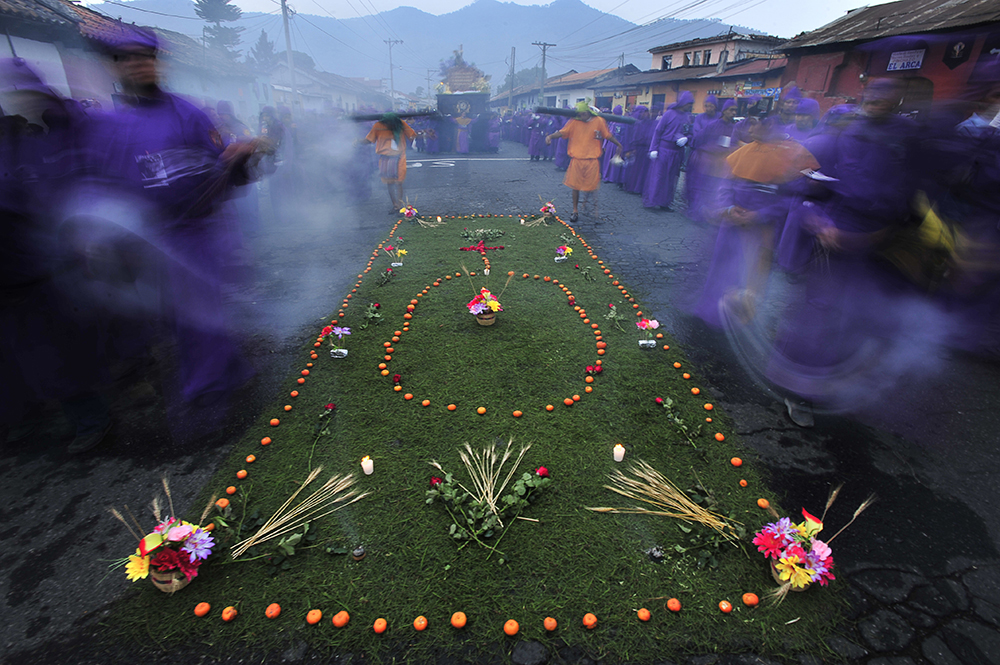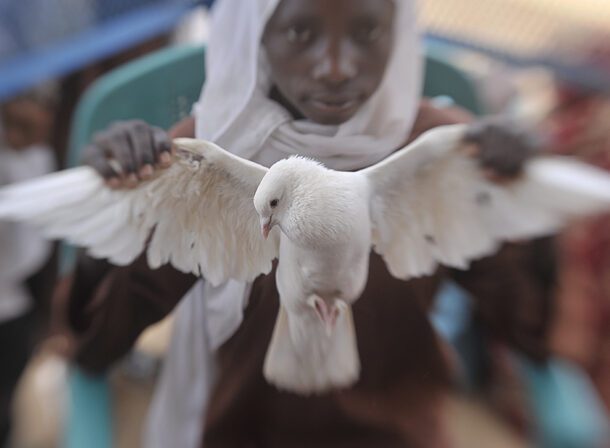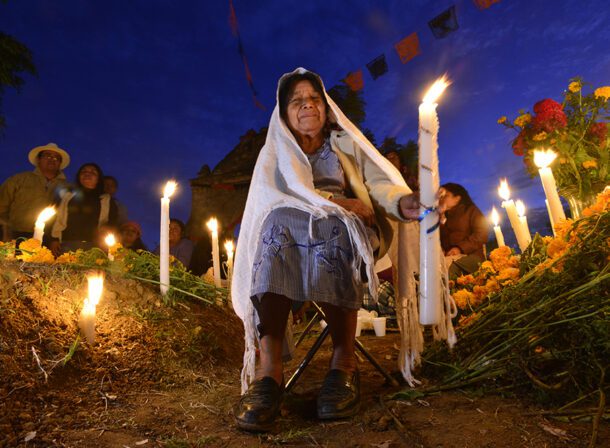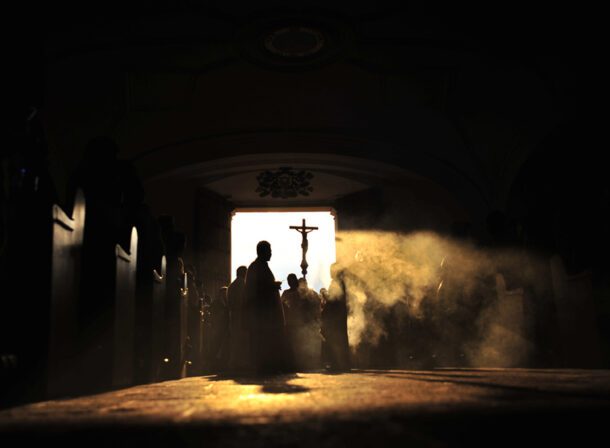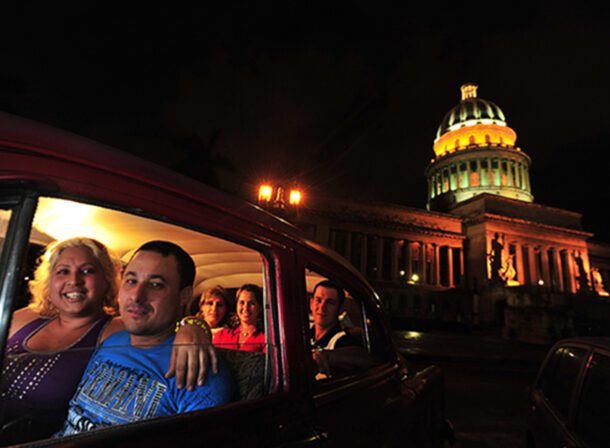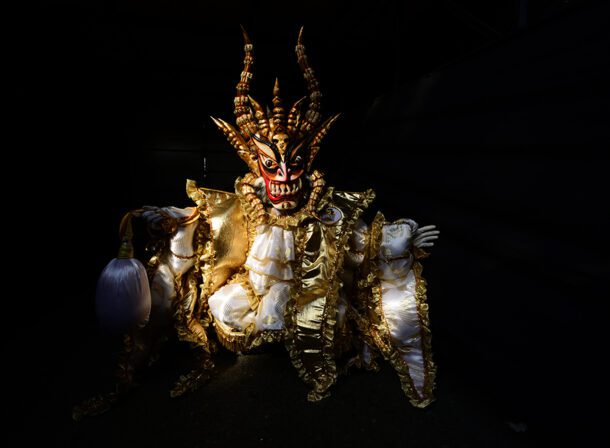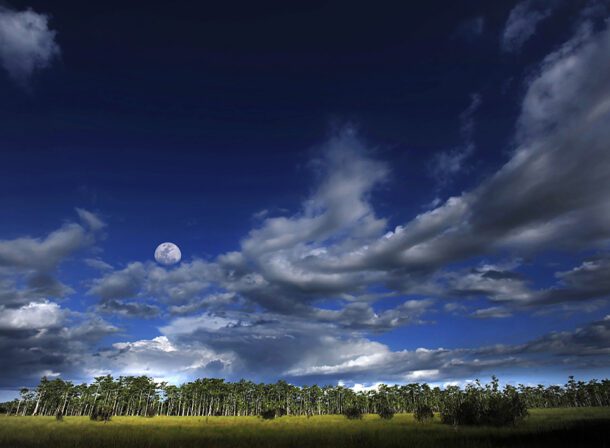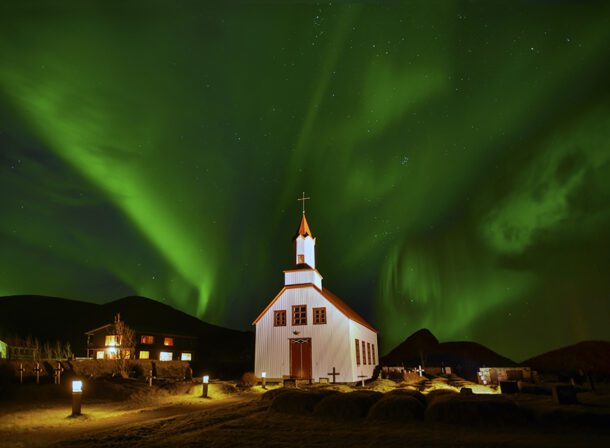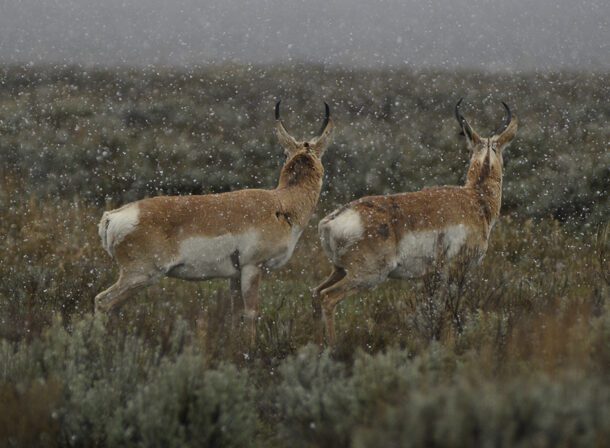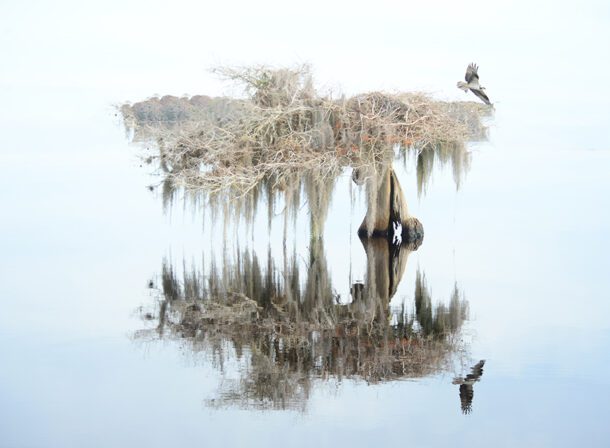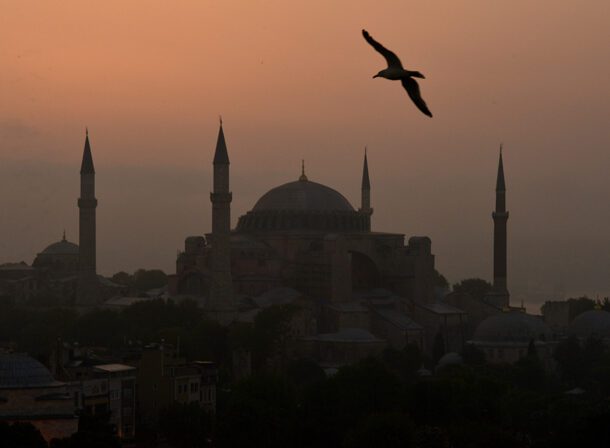
THE BROTHERHOODS OF TIME IN ANTIGUA GUATEMALA

This photographic essay is a deep exploration of the Catholic brotherhoods in Antigua, Guatemala. The photographer takes you behind the scenes of one of the most significant religious celebrations in the world, which dates back to the 1500’s when friars from Mexico and Spain founded La Merced and San Francisco churches. The story focuses on important rites, some of which photographers have never gained access to before.
The brotherhoods started as “cofradias,” people who had things in common such as their profession, social class or ethnic group. In most cases, groups had their own patron Saint based on their professions: carpenters were devoted to St. Joseph, blacksmiths had St. Sebastian, etc. Presently, alliance to the brotherhoods is based on family tradition, although some of the old traits still persist such as the socio-economic and ethnic factors. Thousands of people participate not only as spectators, but also as “cucuruchos” and carry the traditional “andas” during the processions. The “andas” or floats, bear centuries-old images of Christ and the Virgin Mary. Some of these weigh in excess of 6,000 pounds and may require over 80 people to lift and carry them in procession all over Antigua. Women are not only part of the brotherhoods, but also play an integral role. They are the caretakers of the “Virgin Mary,” called Dolorosa for she is mourning her Son’s death.
At center stage of this photographic journey is “The Cofradia de Jesus Nazareno de La Merced,” the first and biggest brotherhood founded in 1582. Today, the “hermandad” organizes two of the largest processions, “La Reseña“ and “La Penitenencia.”
There are 16 brotherhoods, with La Merced, Escuela de Cristo, San Bartolome, San Felipe, San Cristobal and San Francisco, being the most important. The modern role of these organizations is to preserve the centuries-old traditions of celebrating Holy Week in Guatemala.















